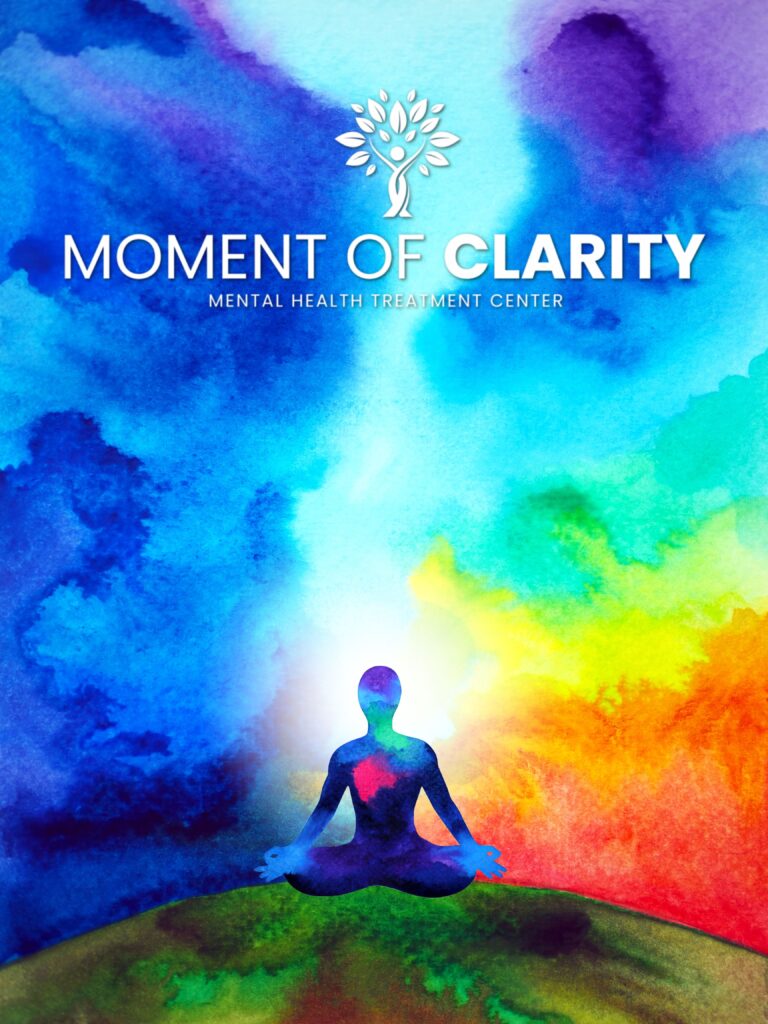Veterans often face a difficult battle in their journey for mental health recovery. After returning from service, many struggle with conditions like PTSD, depression, and anxiety that traditional treatments fail to address adequately. The search for effective treatment can become even more challenging when dealing with the bureaucracy of the VA healthcare system and health insurance regulations. One treatment that has emerged for mental health improvement is ketamine therapy for Veterans.
Ketamine treatment for depression has been shown to be effective in helping people manage treatment-resistant depression (TRD). A prescription version of ketamine called esketamine (Spravato) was also approved in 2019 by the FDA for hard-to-treat depression, according to Harvard Medical School.
Ketamine has demonstrated rapid and significant antidepressant effects, often providing relief within hours rather than the weeks typically required for traditional antidepressants. For veterans with PTSD and depression, ketamine therapy can help break the cycle of negative thought patterns and create new neural pathways that foster healing. It may also allow veterans to process traumatic memories with emotional distance, potentially reducing their triggering power while promoting psychological resilience and recovery.

What Is Ketamine Therapy?
Ketamine therapy is a medical treatment that uses the drug ketamine to address treatment-resistant mental health conditions. Originally developed as an anesthetic in the 1960s, ketamine has gained significant attention in recent years for its rapid-acting antidepressant effects.
The treatment typically involves a series of monitored sessions where patients receive controlled doses in a medical environment. During these sessions, patients often experience a dissociative state that can last 30–60 minutes, while the antidepressant effects may persist for days or weeks following treatment.
Ketamine works differently than traditional antidepressants that target serotonin or norepinephrine. Instead, it affects glutamate, a different neurotransmitter, and promotes neuroplasticity—essentially helping the brain form new neural connections. This unique mechanism allows ketamine to potentially provide relief within hours or days rather than the weeks typically required for conventional antidepressants.
Mental Health Treatment That Works
Call 949-625-0564Why Are Veterans Turning to Ketamine Therapy?
Traditional treatments often fall short for many veterans with PTSD, depression, and anxiety. After trying multiple medications and therapies without significant improvement, many find themselves trapped in cycles of suffering despite years of conventional treatment.
Many veterans with PTSD and depression undergoing ketamine therapy have shown promise in addressing treatment-resistant PTSD and depression. Veterans often report that ketamine therapy allows them to process traumatic memories without becoming emotionally overwhelmed. The dissociative effects may help patients process traumatic memories with emotional distance, while the neuroplasticity effects could help rebuild healthier thought patterns and emotional responses.
Unlike standard antidepressants that may take weeks to work, if at all, ketamine can provide noticeable symptom reduction within hours or days. For veterans in crisis or struggling with suicidal thoughts, this speed can be life-saving.

Are There Any Risks Associated With Ketamine Therapy?
Yes, there are risks associated with ketamine therapy that should be considered. During treatment, patients commonly experience short-term side effects such as feeling detached from reality, dizziness, nausea, increased blood pressure, and visual disturbances. These effects typically subside within hours after treatment but can be disorienting and uncomfortable.
For some individuals, particularly those with certain psychiatric conditions, ketamine can potentially trigger anxiety, panic, or in rare cases, psychotic symptoms. This is why proper medical screening and monitoring are essential parts of ketamine therapy.
While ketamine has been used medically for decades, its long-term effects, when used repeatedly for mental health conditions, aren’t fully understood yet. Some research suggests potential concerns about bladder issues with prolonged use, though this is more commonly associated with higher, more frequent dosing than typically used in therapeutic settings.
Ketamine does have addictive potential. While controlled medical administration significantly reduces this risk compared to recreational use, psychological dependence remains a consideration, especially for veterans who may have histories of substance use disorders. Due to its status as an emerging treatment, insurance coverage for ketamine therapy varies widely, making it potentially expensive and financially burdensome for many veterans seeking treatment. Even with VA approval, in some cases, access remains limited.
Despite these risks, many medical professionals consider ketamine therapy to be an acceptable option for treatment-resistant conditions when administered in proper clinical settings with appropriate screening, dosing, and monitoring protocols. The key is informed consent—veterans should understand the potential benefits and risks before proceeding with treatment for PTSD recovery in Los Angeles.
How Quickly Can Veterans See Results from Ketamine Therapy?
For some veterans, especially those with severe depression, initial effects can be felt during or shortly after the first infusion—sometimes within hours. This rapid response is one of ketamine’s most remarkable features compared to conventional antidepressants, which typically take weeks to work.
Most patients require a series of initial treatments (typically four to six sessions over two to three weeks) to achieve optimal results. Veterans often report progressive improvement throughout this induction phase, with each session potentially building on the effects of previous treatments.
For PTSD symptoms specifically, some veterans report reduced reactivity to triggers and decreased intensity of intrusive memories after just one to three sessions, though full benefit typically requires completing the initial treatment series.
The duration of benefits varies significantly between individuals. Some veterans maintain improvements for weeks or months after a treatment series, while others may need maintenance sessions every two to six weeks to sustain the effects. The goal for many providers is to gradually extend the time between maintenance treatments. Some veterans respond dramatically to ketamine therapy, while others may experience more modest improvements or require adjustments to their treatment approach.
Access Ketamine Therapy for Veterans at Moment of Clarity
Attending a specialized ketamine treatment center like Moment of Clarity, designed specifically for veterans, feels markedly different from typical medical facilities. The environment is deliberately crafted to minimize potential triggers while maximizing comfort to help veterans experience the unique language of military experience.
During ketamine therapy for veterans, Moment of Clarity’s veteran-aimed programs ensure the ketamine protocol is tailored specifically to address combat-related trauma, moral injury, and the complex interplay of physical and psychological wounds that many veterans carry. The treatment experience itself balances proven medical protocol with profound respect for the veteran’s journey.
Moment of Clarity has a network of mental health treatment centers that specialize in fostering community among veteran patients, creating informal support networks where shared military experiences provide a foundation of understanding. Contact Moment of Clarity by calling 949-625-0564 today to access ketamine therapy for veterans seeking relief from PTSD and depression.
External Sources
- Harvard Medical School – Ketamine for treatment-resistant depression: When and where is it safe?
- National Library of Medicine – Ketamine for the treatment of mental health and substance use disorders: comprehensive systematic review
- WebMD – Ketamine for Depression: What to Know




